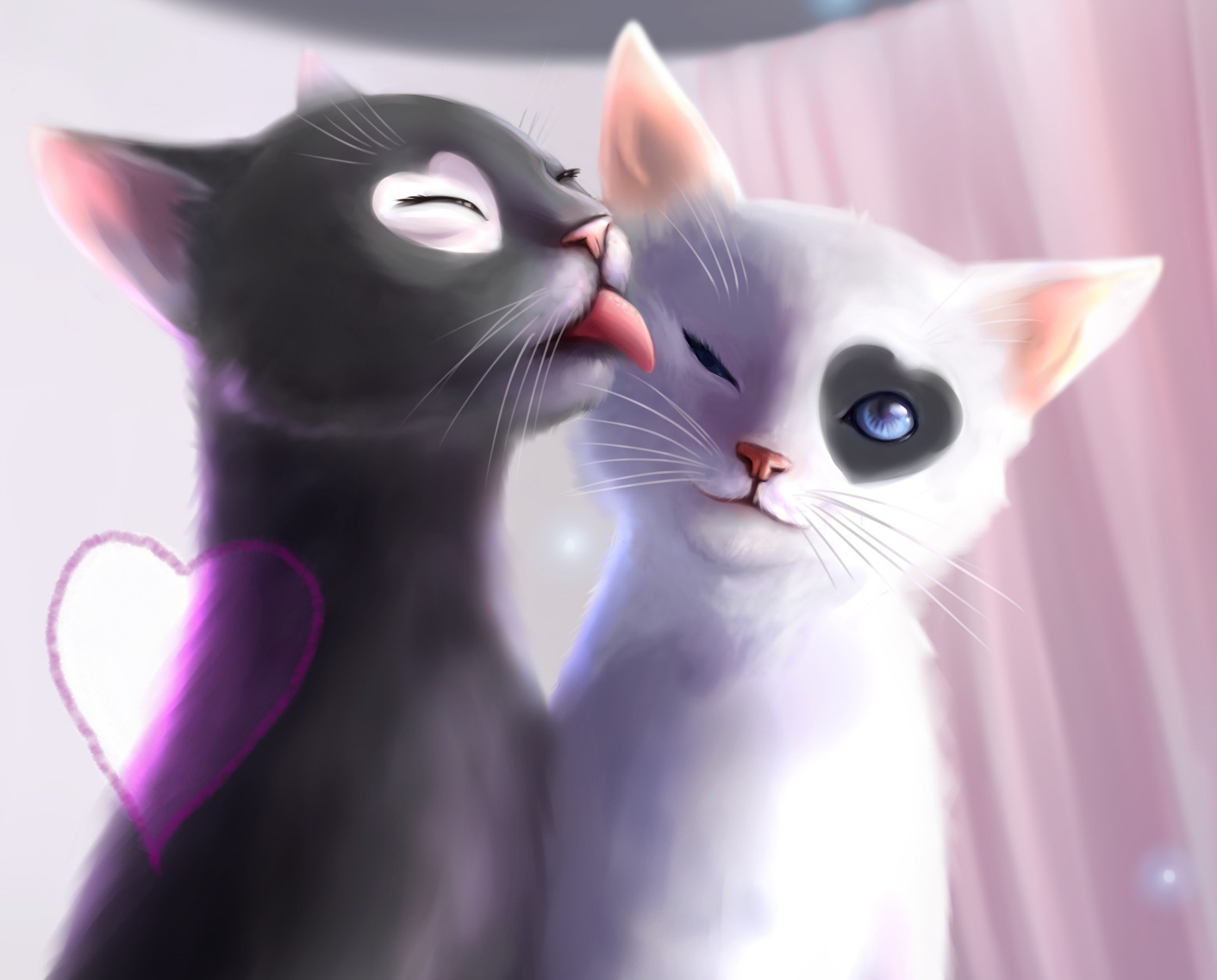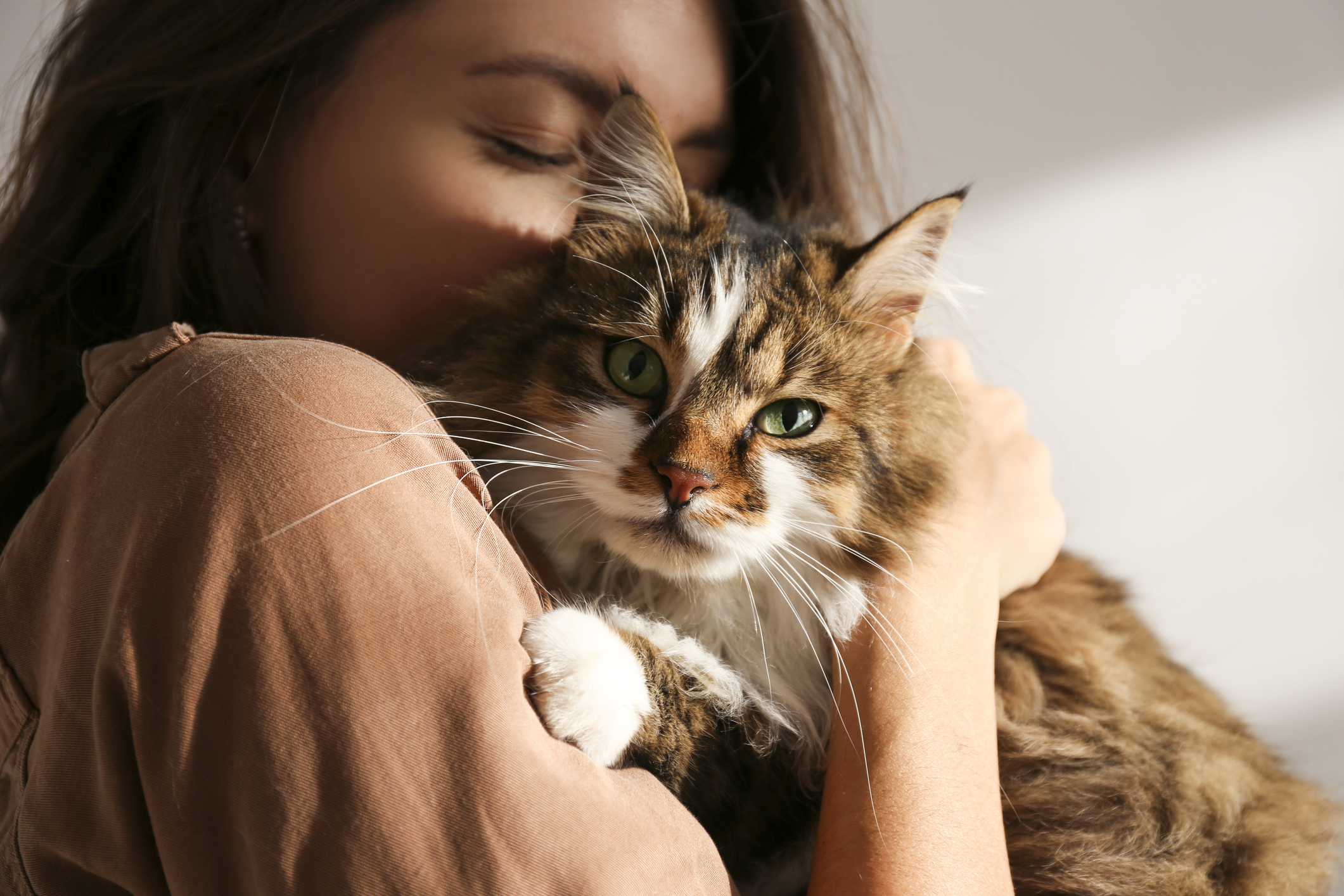Cats Love: A Comprehensive Guide to Understanding Feline Affection
Introduction
Cats, these enigmatic creatures, have long captured the hearts of humans with their mysterious ways and adorable antics. One of the most fascinating aspects of feline behavior is their capacity for love and affection. In this comprehensive guide, we will delve into the intricate world of cats and explore why they love the way they do.
Why Cats Love
Contrary to popular belief that cats are aloof and independent, they are actually deeply affectionate animals that form strong bonds with their human companions. Cats have evolved to be solitary hunters, but they have also developed social behaviors to communicate and build relationships with other cats and humans. Understanding why cats love can help us appreciate their unique way of showing affection.
Lorem ipsum dolor sit amet, consectetur adipiscing elit. Sed dictum eget felis eu posuere. Praesent in metus vel libero posuere faucibus vel non nulla. Phasellus id dolor non purus vehicula egestas. Aenean nec ornare mauris.
Behaviors that Show Love
Cats have subtle ways of showing their love and affection. From purring to head bunting, each behavior carries a message of love and connection. By understanding these behaviors, cat owners can better respond to their feline companions and strengthen their bond.
Gestures of Affection
In addition to behaviors, cats also use gestures to express their love. From slow eye blinks to kneading, each gesture conveys a deep sense of attachment and trust. By recognizing and reciprocating these gestures, cat owners can deepen their relationship with their feline friends.
Communication in Cat Love
Communication is key in any relationship, and the same holds true for the bond between cats and their owners. Understanding how cats communicate their love through vocalizations, body language, and other cues can help strengthen the connection and create a harmonious living environment for both parties.
Conclusion
In conclusion, cats love in their unique and special way, filled with nuances and subtleties that make their affection all the more precious. By observing their behaviors, gestures, and communication, we can decipher the language of love spoken by our feline companions and bask in the joy of their unconditional affection.









